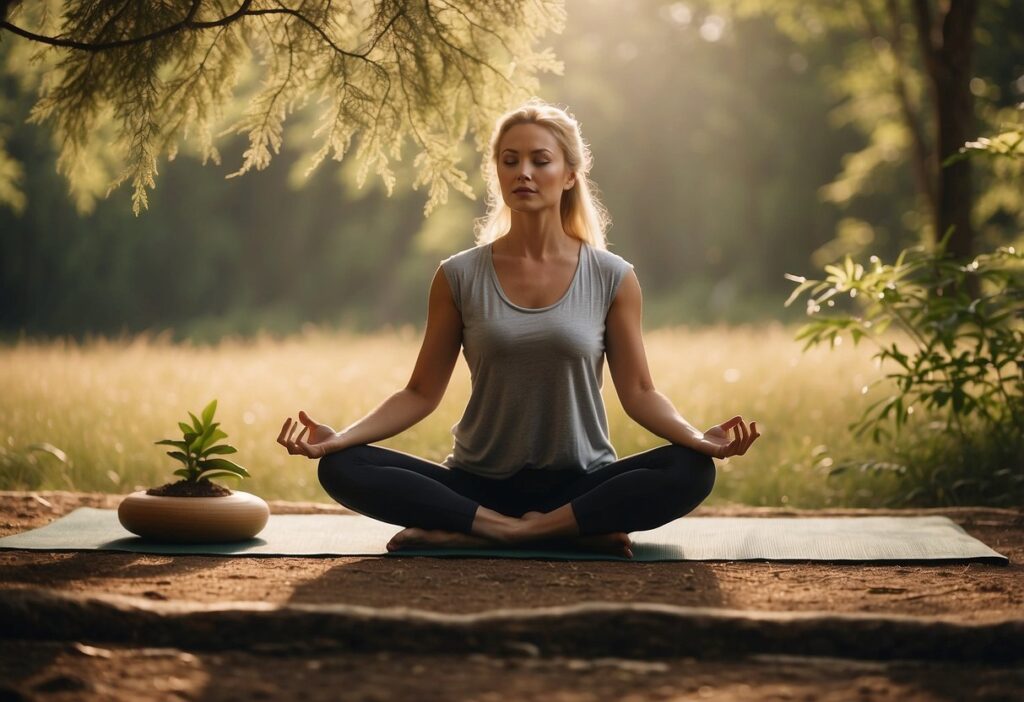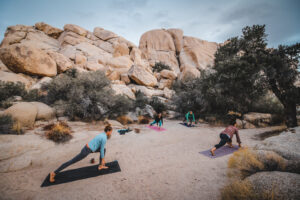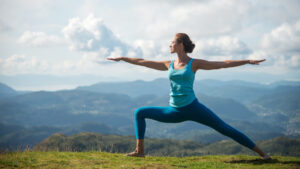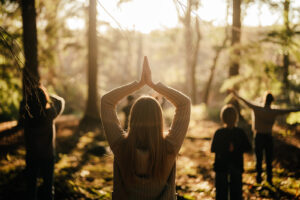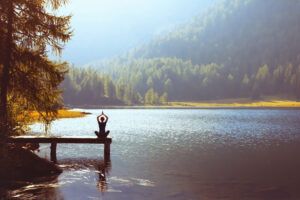As an Iyengar Yoga practitioner, I know how integral props, a flat floor, and walls are to the depth of our practice. These tools provide support, alignment, and a sense of stability, allowing us to experience the postures fully. Whether we use blocks, straps, or blankets, props help deepen our awareness and improve the precision of our asanas. They’re not just useful, they’re essential for most practitioners, myself included.
However, when we take our practice outside, particularly into nature, there’s often a concern that these tools will be missing. Without a flat, even surface or the familiar support of walls, can we still achieve the same benefits in our practice? For those of us who depend heavily on props, it might feel like we’re leaving something important behind when stepping onto the earth rather than our mats.
But I’m here to say that nature itself offers us incredible alternatives that can replace traditional props. In fact, nature’s props are often more dynamic, offering varied textures and supports that challenge us in ways a typical yoga studio might not. Just as Iyengar Yoga emphasizes the use of props to bring us closer to alignment and awareness, so too can nature bring a new level of depth to our practice.
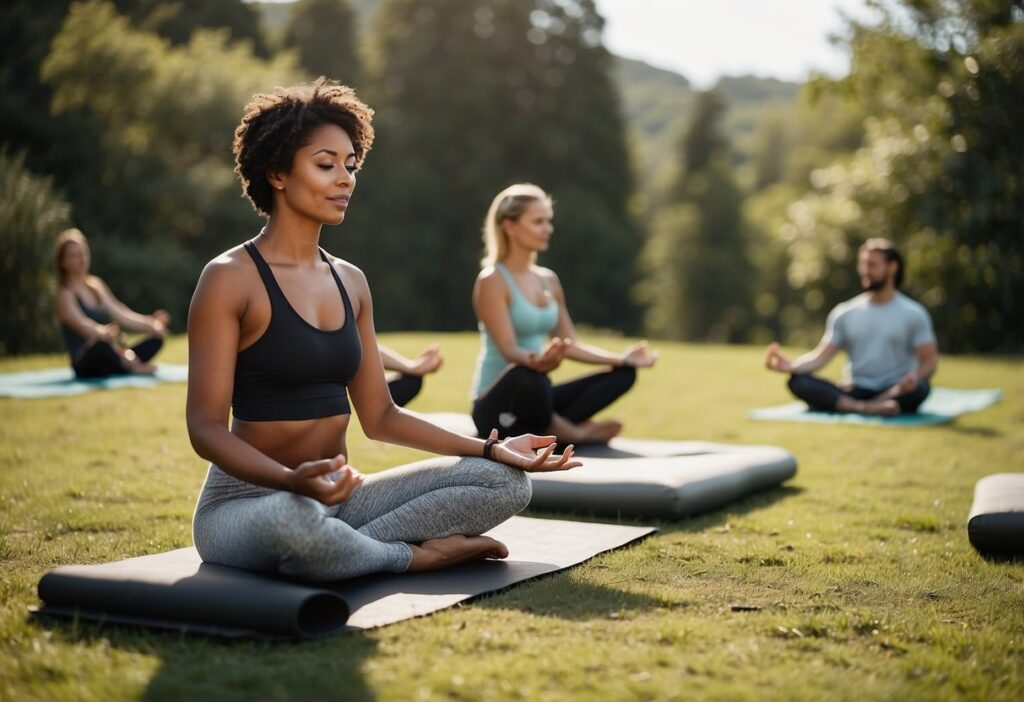
Imagine practicing yoga on a sandy beach where the uneven surface subtly engages your muscles in a way a flat floor can’t. Or using tree branches to stretch and support, the natural strength of the wood offering a deeper pull than a simple yoga strap. A large rock might serve as the perfect prop for seated poses or backbends, giving you a grounded, stable base that connects you with the earth beneath.
The joy of practicing in nature is not just in the open space, but in the exploration of what’s around you. A large stone, a fallen branch, a mound of earth—each can become a new tool in your practice. You might find that a piece of bark or a sturdy tree limb offers support for shoulder stands, or that a patch of grass creates the perfect cushion for seated poses.
One of the beauties of nature’s props is that they come with no “rules” attached. There’s no single correct way to use a rock or a tree branch; the possibilities are endless, and they invite us to engage with our environment in an imaginative and creative way. This invites a different kind of mindfulness—one that challenges our body, our mind, and our connection with the natural world.
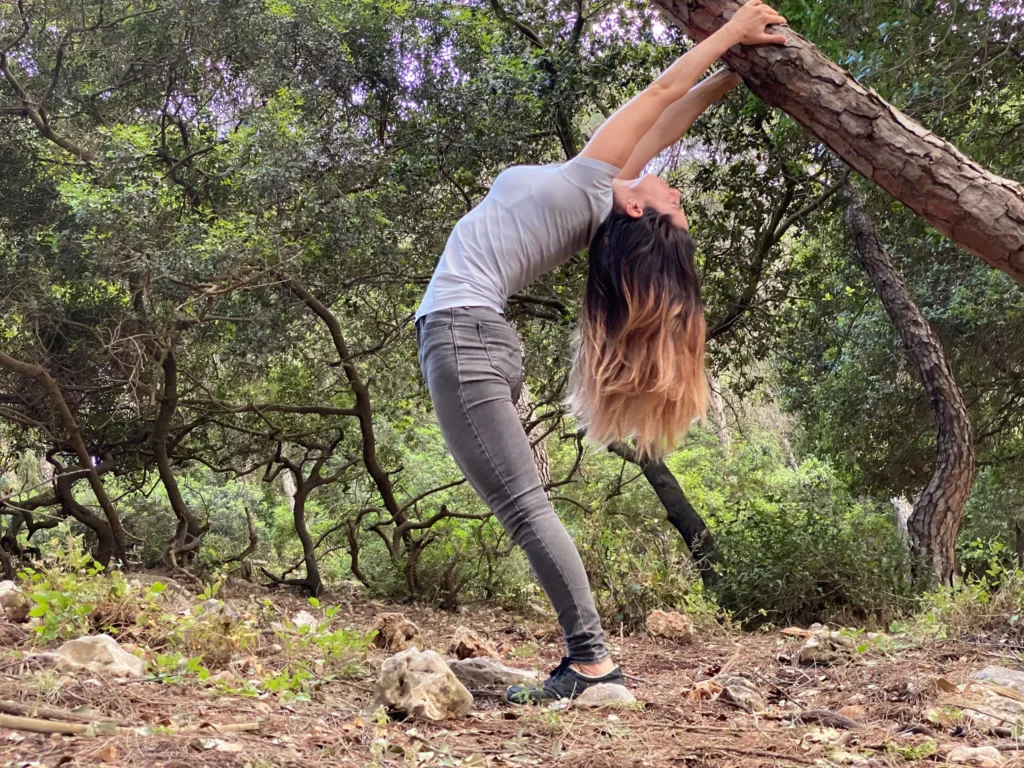
As I teach, I encourage students to adopt a playful and inventive mindset when practicing outdoors. Look around you—nature has everything you need. The more you practice in nature, the more you begin to see the landscape itself as an extension of your practice, and each natural prop as an opportunity to deepen your awareness of your body and the space around you.
So, while Iyengar Yoga practitioners may traditionally rely on specific props for alignment and support, practicing in nature doesn’t mean you have to abandon the essence of what props bring. Instead, it invites a new, creative way to use the earth itself as your tool, helping you develop a deeper sense of connection to both your practice and the environment.

